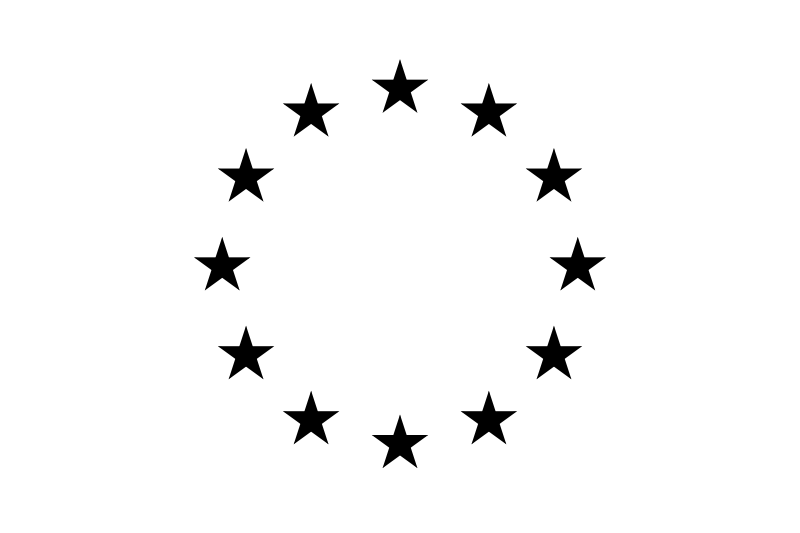DT-GEO Workplan
Overview
Divided into nine work packages, the DT-GEO plan aims to harness the potential of each individual partner and promote collaboration within the participating organisations- while also covering all its research, technology, and management aspects.
Main objectives:
Efficient day-to-day operational management support including administrative and financial planning, reporting, project legal aspects (IPR), and technical progress.
Deliver the scientific and technical objectives of the project within the time and budget constraints.
Ensure effective communication between partners and detect project risks promptly, bringing them to resolution.
Establish and enforce effective management and quality procedures for high-quality deliverables.

